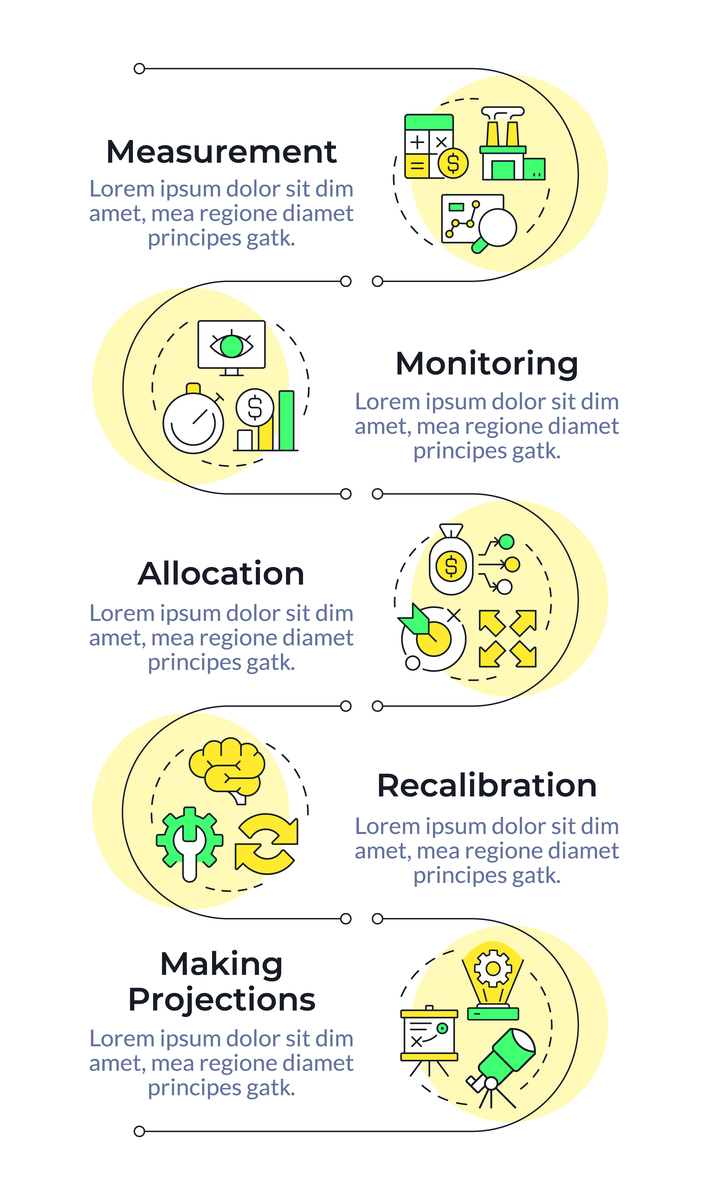Assessing Human Influence on Spatially Concurrent Heat Extremes: A Multi-Method Approach
To account for potential biases in the simulated responses to forcings, we first perform calibration analysis using the regularized optimal fingerprinting method (ROF; Allen and Stott 2003; Ribes et al. 2013). This technique, based on a total least squares algorithm, regresses the observed change onto the simulated responses to different forcings, considering the noise in the model responses associated with internal variability (Note ES1). After confirming the detectability of anthropogenic warming (ANT), we use the ROF-derived regression coefficient (scaling factor) of ANT to calibrate historical and future ANT signals. These observationally constrained ANT signals are then added to non-overlapping 60-year chunks of unforced series (pi-CTL simulations) to generate plausible realizations of North Pacific Warm Pool sea surface temperature anomalies (NWP SSTA) and North Eastern Atlantic sea surface temperature anomalies (NEA SATA) (Sun et al. 2014). By comparing the constructed evolutions with and without anthropogenic forcing, we aim to assess the overall contribution of human influences to the event risk.
To mitigate uncertainties associated with statistical methods, we utilize three distinct approaches to estimate the joint probabilities of occurrence of 2021-like spatially concurrent heat extremes, with (PANT) and without (PCTL) human influences, by combining the simulated NWP SSTA and NEA SATA time series:
-
Bootstrapping method: Randomly sampling with replacement from the historical NWP SSTA and NEA SATA time series, we create 10,000 pairs of SSTA and SATA time series for each 60-year chunk. The calibrated ANT and pi-CTL signals are then added to each pair, generating 10,000 realizations of forced and unforced time series. The joint probability of occurrence of 2021-like heat extremes is determined by the fraction of realizations exceeding the threshold for both variables (i.e., the number of times both variables surpass the 2021 threshold divided by the total number of realizations).
-
Bayesian hierarchical modeling: We employ a hierarchical model to estimate the joint probability of occurrence of 2021-like heat extremes, accounting for uncertainties in the simulated responses and the calibration process. The model assumes a joint distribution for the NWP SSTA and NEA SATA time series, with separate parameters for the forced and unforced components. The ROF-derived scaling factors constrain the forced component, while a Gaussian process model estimates the unforced component. Using Markov chain Monte Carlo (MCMC) methods, we sample from the posterior distribution of the model parameters and calculate the joint probability of occurrence of 2021-like heat extremes.
-
Pattern scaling method: An empirical pattern scaling method is used to estimate the joint probability of occurrence of 2021-like heat extremes, based on the relationship between the NWP SSTA and NEA SATA time series and the observed warming pattern over the historical period. Assuming that the observed warming pattern can be decomposed into a linear combination of the NWP SSTA and NEA SATA patterns, we use the ROF-derived scaling factors to estimate the contribution of each pattern to the observed warming. This relationship is then used to project the warming pattern for the future period and estimate the joint probability of occurrence of 2021-like heat extremes using the projected pattern and the simulated NWP SSTA and NEA SATA time series.
By employing multiple approaches, we can assess the robustness of our results and minimize the impact of methodological assumptions on the estimated probabilities.

原文地址: https://www.cveoy.top/t/topic/mNC5 著作权归作者所有。请勿转载和采集!